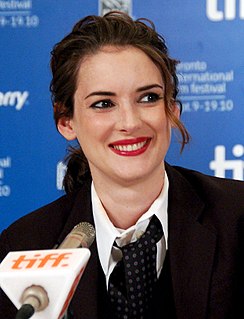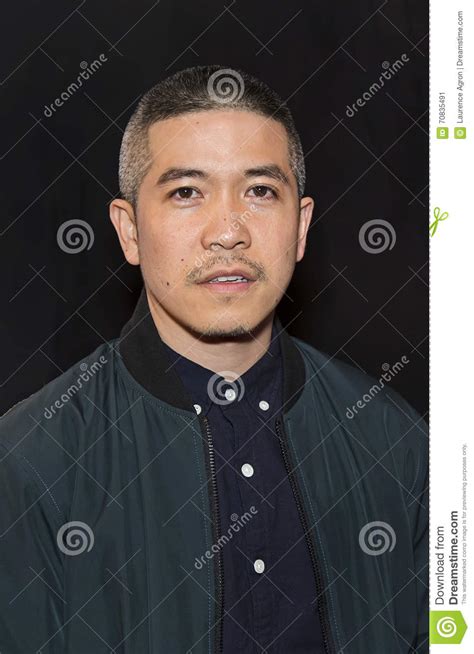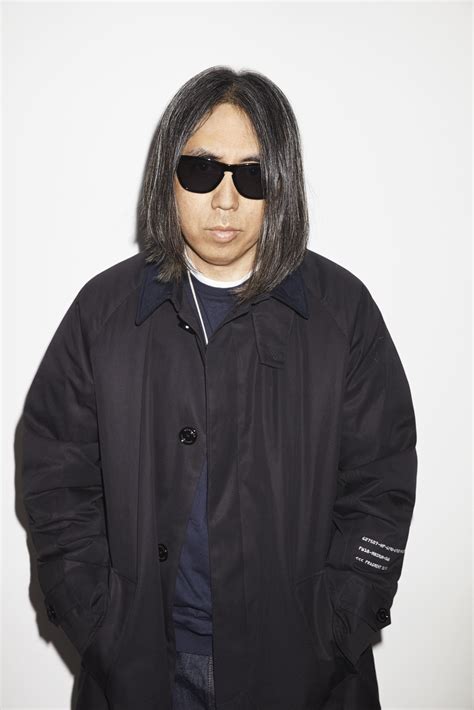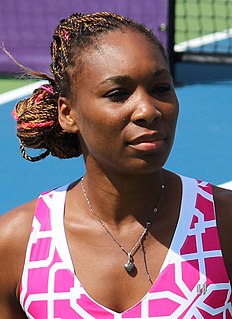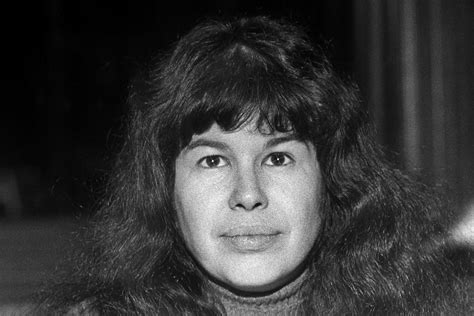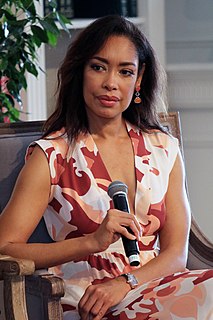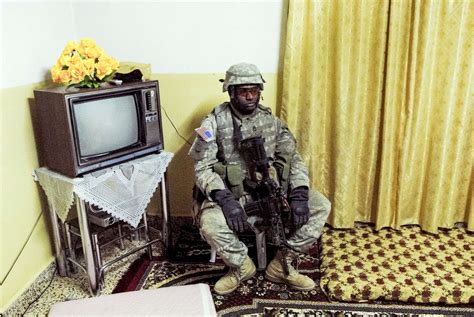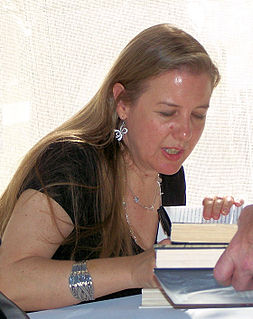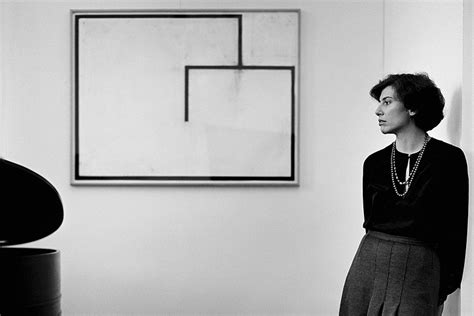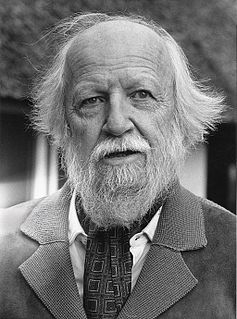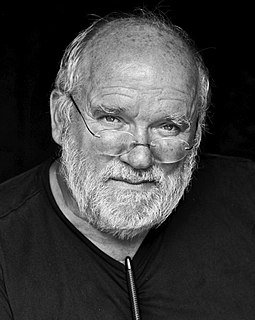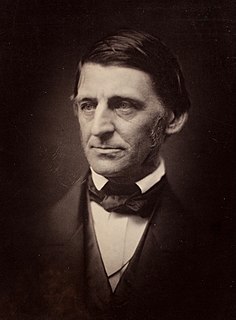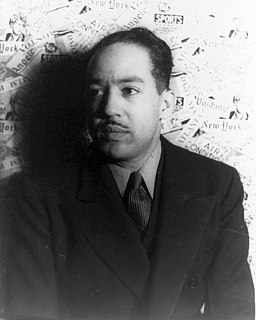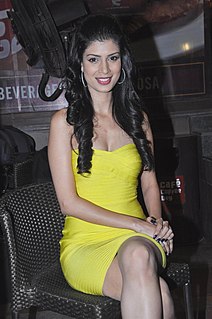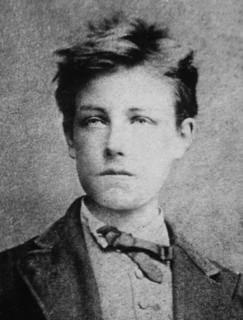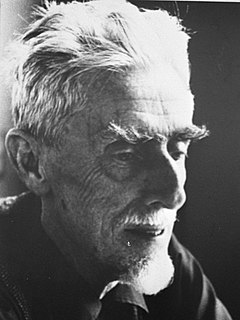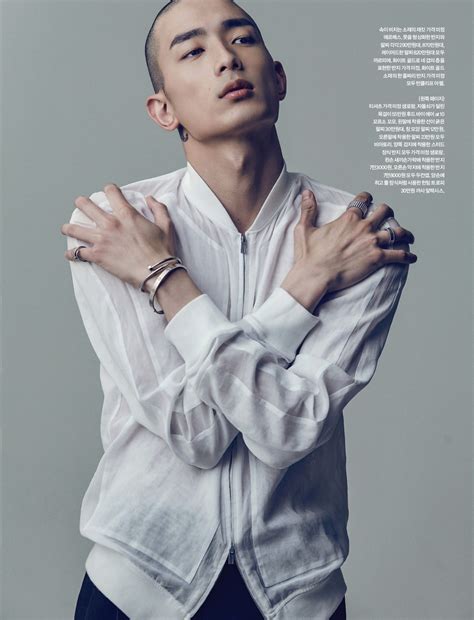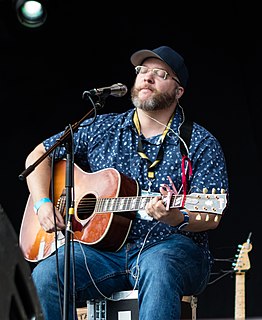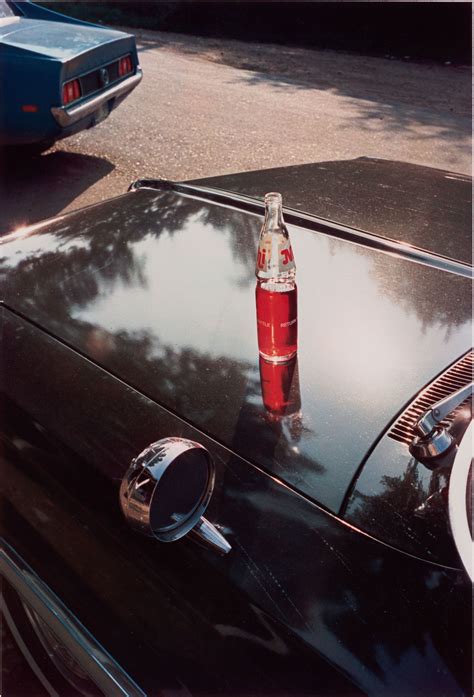Top 210 Prints Quotes & Sayings - Page 4
Explore popular Prints quotes.
Last updated on April 16, 2025.
I used to have a cat, an old fighting tom, who would jump through the open window by my bed in the middle of the night and land on my chest. I'd half-awaken. He'd stick his skull under my nose and purr, stinking of urine and blood. Some nights he kneaded my bare chest with his front paws, powerfully, arching his back, as if sharpening his claws, or pummeling a mother for milk. And some mornings I'd wake in daylight to find my body covered with paw prints in blood; I looked as though I'd been painted with roses.
When I was young, I was really, really obsessed with Gena Rowlands and John Cassavetes. Because my mom was a projectionist in college, she was somehow able to get a real projector. And she had some connections, so she would get real prints, and we'd put up a sheet. The first movies I saw were To Kill a Mockingbird [1962], Gigi [1958], A Woman Under the Influence [1974]. Then when I was old enough to be able to rent movies, I went through a very big Cassavetes phase.
Maybe Japan itself is a little similar in that a lot of young people seem to have a little knowledge but not too much depth. I guess my perception of the art specialists in America or in Europe is that the art people are kind of mainly just the art people and that community is self-contained. But in Japan, it mixes with fashion and other things. I'm sure that many authentic art dealers or insiders didn't like the way that we presented our show in this very pop-y, accessible manner - just showing parts of our collections and selling prints and collaborative products.
The outfit is inspired by Alice in Wonderland. It's kind of about a surprise, because when Alice goes down the rabbit hole, she finds all these things that are so surprising. This outfit is about having a surprise in a tennis dress, and showing some skin and then just having a print. Prints don't happen that often in tennis. So it's called the Wonderland dress.
I stayed under the moon too long.I am silvered with lust.Dreams flick like minnows through my eyes.My voice is trees tossing in the wind.I loose myself like a flock of blackbirdsstorming into your face.My lightest touch leaves blue prints,bruises on your mind.Desire sandpapers your skinso thin I read the veins and arteriesmaps of routes I will traveltill I lodge in your spine.The night is our fur.We curl inside it licking.
It’s wonderful, it’s expressive. It’s a way of using a part of my instrument that I’m comfortable and familiar with. The voice is such a vital part of crafting a character. I’m so pleased that I have the kind of voice that prints well and that people want to hear. I’ve had friends actually say, ‘You know, I was in the kitchen, and the television was on and I heard you.’ I love hearing that there’s something familiar about my sound, and that to some people it’s soothing.
I'm a constant editor. Every few months or so I make a ton of 4x6 prints. I put them on a magnetic board and I live with them for a while to see what bubbles to the surface. A lot of this was part of Disco Night originally, and I suddenly started realizing, "If I keep working on this because I'm not done and I put all that in Disco Night, how can this be one book? Is it going to be too long and bloated and crazy?".
The decor bowled me over. Everywhere I looked, there was something more to see. Botanical prints, a cross section of pomegranates, a passionflower vine and its fruit. Stacks of thick books on art and design and a collection of glass paperweights filled the coffee table. It was enormously beautiful, a sensibility I'd never encountered anywhere, a relaxed luxury. I could feel my mother's contemptuous gaze falling on the cluttered surfaces, but I was tired of three white flowers in a glass vase. There was more to life than that.
Oh land of farms and green hills mild Once formed by giants rough and wild With massive paws they gripped and tore With one great rip they formed the shore Where heavy boots left prints so deep Blue lakes remain 'tween summits steep The giants fought beneath our skies And from their bones our mountains rise
Some of the people who are now manipulating photos, such as Andreas Gursky, make the argument - rightly - that the 'straight' photographs of the 1940s and 50s were no such thing. Ansell Adams would slap a red filter on his lens, then spend three days burning and dodging in the dark room, making his prints. That's a manipulation. Even the photographs of Henri Cartier-Bresson, with all due respect to him, are notoriously burned and dodged.
... photography is an imprint or transfer off the real; it is a photochemically processed trace causally connected to the thing in the world to which it refers in a manner parallel to fingerprints or footprints or the rings of water that cold glasses leave on tables. The photograph is thus generically distinct from painting or sculpture or drawing. On the family tree of images it is closer to palm prints, death masks, the Shroud of Turin, or the tracks of gulls on beaches.
The man who tells the tale if he has a tale worth telling will know exactly what he is about and this business of the artist as a sort of starry-eyed inspired creature, dancing along, with his feet two or three feet above the surface of the earth, not really knowing what sort of prints he's leaving behind him, is nothing like the truth.
The complete novelist would come into the world with a catalog of qualities like this. He would own the concentration of a Trappist monk, the organizational ability of a Prussian field marshal, the insight into human relations of a Viennese psychologist, the discipline of a man who prints the Lord's Prayer on the head of a pin, the exquisite sense of timing of an Olympic gymnast, and by the way, a natural instinct and flair for exceptional use of language.
I remember how difficult it was to perform certain operations on gelatine prints. A few weeks ago I asked my gelatine printer at Picto, "Can you make just the shadows a little bit brighter?" He gave me a very strange look because in Photoshop you just turn a button, and we're used to that now, but it is totally impossible in gelatine silver printing.
When good is near you, when you have life in yourself, it is not by any known or accustomed way; you shall not discern the foot-prints of any other; you shall not see the face of man; you shall not hear any name; the way, the thought, the good, shall be wholly strange and new. It shall exclude example and experience.
I think being partnered with C. Wonder as their creative director and also getting to kind of educate her on how to mix prints and how to incorporate color into her wardrobe and how to go from an easy silhouette to using some of our accessories to cinch her waist or make it more cocktail - I think will be really, really fun.
Anyday, one can walk down the street in a big city and see a thousand people. Any photographer can photograph these people - but very few photographers can make their prints not only reproductions of the people taken, but a comment upon them - or more, a comment upon their lives - or more still, a comment upon the social order that creates these lives.
For a long time I found the celebrities of modern painting and poetry ridiculous. I loved absurd pictures, fanlights, stage scenery, mountebanks backcloths, inn-signs, cheap colored prints; unfashionable literature, church Latin, pornographic books badly spelt, grandmothers novels, fairy stories, little books for children, old operas, empty refrains, simple rhythms.
I was very young when I prepared those prints. I suspect the reason I couldn't celebrate the floating world was that I couldn't bring myself to believe in its worth. Young men are often guilt-ridden about pleasure, and I suppose I was no different. I suppose I thought that to pass away one's time in such places, to spend one's skills celebrating things so intangible and transient, I suppose I thought it all rather wasteful, all rather decadent. It's hard to appreciate the beauty of a world when one doubts its very validity
I try in my prints to testify that we live in a beautiful and orderly world, not in a chaos without norms, even though that is how it sometimes appears. My subjects are also often playful: I cannot refrain from demonstrating the nonsensicalness of some of what we take to be irrefutable certainties. It is, for example, a pleasure to deliberately mix together objects of two and three dimensions, surface and spatial relationships, and to make fun of gravity.
I was born in Seoul, South Korea; then I moved to New York City at the age of seventeen. In New York, I studied art and photography. I thought I would be a painter; then I saw Walker Evans when I was in college, and that had a great impact on me. Being in the darkroom making B&W prints was such a magical experience.
Brother woke just after midnight and he didn't make a sound, and as he climbed from out of bed with severed rings around his head, his feet didn't touch the ground. I could feel it then-a tiny miracle-so I followed him into the woods, crossed beneath the trees but only I left my prints in tow, he was afloat. He found a lonely tree and tied himself within its limbs, and he said to me these words: 'Don't you fear for me, I am where I'm supposed to be.'
A lot of my friends were mostly working in black-and-white-people like Lee Friedlander, Diane Arbus, Garry Winogrand, and others. We would exchange prints with each other, and they were always very supportive of what I was doing. What each of us was doing photographically was entirely different, but we were basically coming from the same place, sort of like a club.
Although I am even now still a layman in the area of mathematics, and although I lack theoretical knowledge, the mathematicians, and in particular the crystallographers, have had considerable influence on my work of the last twenty years. The laws of the phenomena around us--order, regularity, cyclical repetition, and renewals--have assumed greater and greater importance for me. The awareness of their presence gives me peace and provides me with support. I try in my prints to testify that we live in a beautiful and orderly world, and not in a formless chaos, as it sometimes seems.
Once digital came, I could see my images instantly right there on the camera. I think that makes you a better photographer because you can see right there if your subject's eyes are closed or if you exposed it wrong and if it's too bright or dark. You can fix it right here. With film, you wouldn't know until you got the prints back if something was messed up, and then there was nothing you could do. That was a huge advantage.

